Glasgow Water Main Break on Shettleston Road: Latest Updates & Traffic Impact
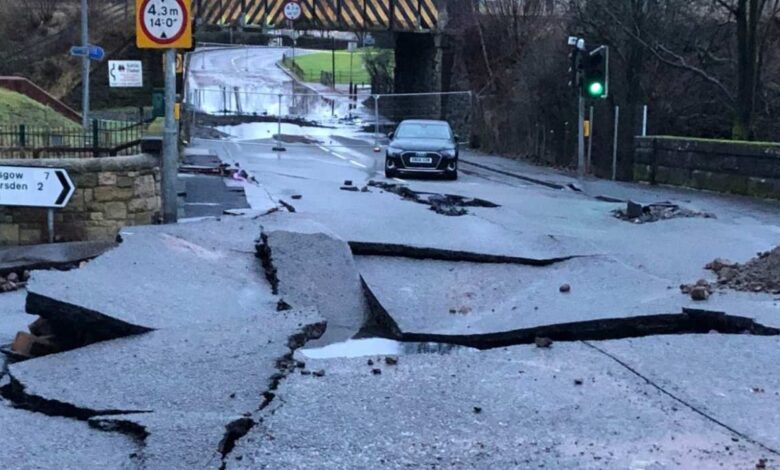
The recent Glasgow Water Main Break on Shettleston Road has caused significant disruption for both residents and commuters in the area. Water main breaks are a serious concern in urban settings as they affect the water supply, traffic flow, and public safety. In this case, the break has resulted in water outages in multiple households, road closures, and traffic congestion in surrounding areas. Authorities are actively addressing the situation, but the incident highlights the challenges of maintaining aging infrastructure in densely populated areas. Understanding the causes, impact, and recovery process is critical for residents and those traveling through Shettleston Road.
Causes of the Glasgow Water Main Break on Shettleston Road
Water main breaks often occur due to a combination of factors including aging pipelines, sudden changes in water pressure, and extreme weather conditions. In Glasgow Water Main Break on Shettleston Road, many water mains were installed several decades ago, and natural wear and tear can lead to leaks or bursts. Environmental factors such as heavy rainfall, freezing temperatures, or soil movement can also contribute to pipe failures. Preliminary reports suggest that the break on Shettleston Road may have been influenced by a combination of pipeline age and pressure fluctuations in the water system. Regular maintenance is essential, but unexpected breaks remain a possibility due to the complex nature of urban water infrastructure.
Immediate Response by Authorities
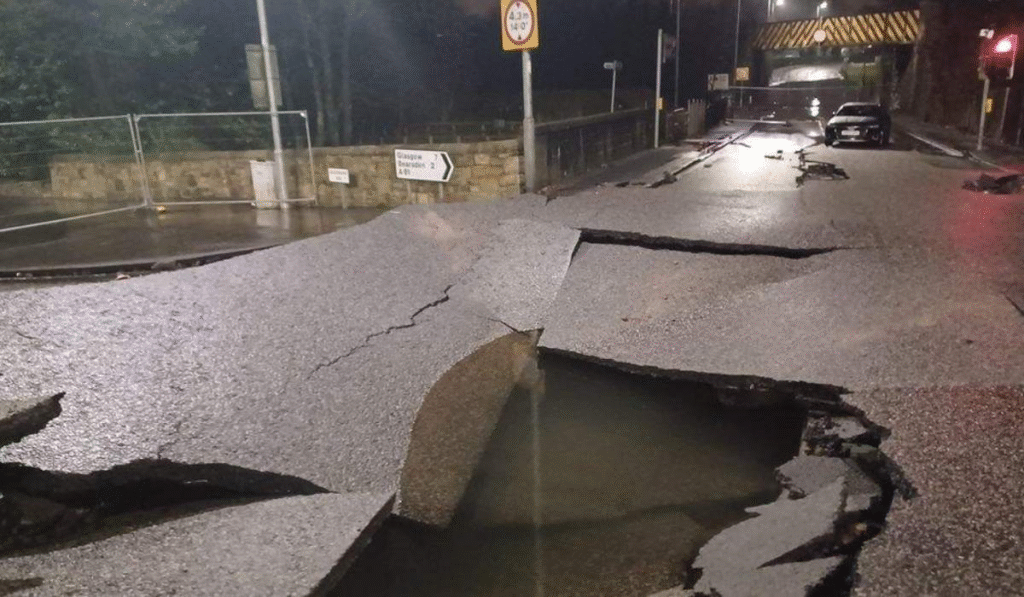
Following the break, Glasgow Water Main Break on Shettleston Road City Council and Scottish Water acted quickly to secure the area and assess the damage. Road barriers and traffic cones were deployed to prevent accidents, and engineers were dispatched to identify the source of the leak. Emergency crews have been working around the clock to minimize water loss and restore service. Temporary water supply points have been established for affected residents, ensuring that those without access to running water can maintain essential daily activities. The rapid response highlights the importance of coordinated efforts between local authorities, emergency services, and utility providers during infrastructure failures.
Traffic Disruptions on Shettleston Road
The Glasgow Water Main Break on Shettleston Road has caused major traffic disruptions in the area. With partial lane closures and detours in place, commuters are experiencing delays during peak hours. Public transport routes, including buses that run along Shettleston Road, have also been affected, leading to changes in schedules and alternative routing. Traffic management teams are working to reduce congestion by redirecting vehicles and providing real-time updates to motorists. Residents are advised to plan ahead, use alternative routes, or utilize public transport where possible to avoid getting stuck in traffic. These disruptions underscore the wider impact a water main break can have beyond the immediate physical damage.
Impact on Local Residents and Businesses
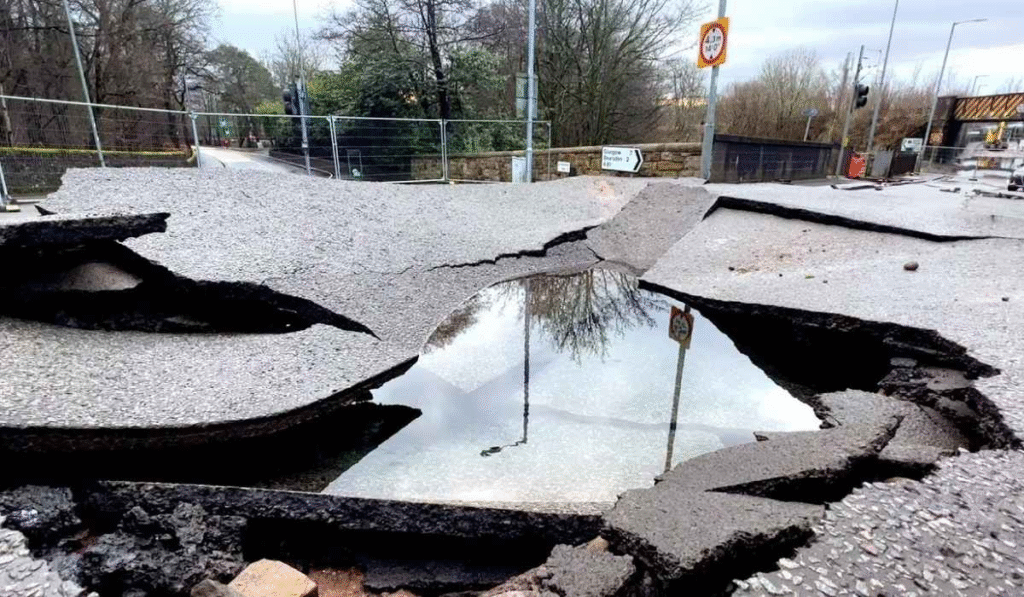
For residents living near Glasgow Water Main Break on Shettleston Road, the water main break has had a significant impact on daily life. Many homes have experienced interruptions in water supply, making basic tasks such as cooking, cleaning, and bathing more challenging. Local businesses, particularly those that rely on water such as cafes, restaurants, and laundromats, have also been affected. Reduced foot traffic and operational delays have led to temporary losses in revenue. Community support services and local authorities are coordinating to provide assistance, including bottled water distribution and guidance on hygiene practices while the water supply is disrupted. The incident serves as a reminder of how critical water infrastructure is to urban communities.
Safety Precautions for Residents
Glasgow Water Main Break on Shettleston Road main breaks can create hazardous conditions, including flooded roads, slippery surfaces, and potential contamination of drinking water. Residents in the affected area should avoid standing near flooded streets and should not attempt to drive through deep water. Authorities recommend boiling tap water before use if contamination is suspected. Additionally, electrical systems in homes should be checked to ensure safety if flooding occurs. Following official guidance and staying informed about repair progress is essential to minimize risks. These precautions are necessary to protect public safety and reduce further complications resulting from the break.
Repair and Restoration Efforts
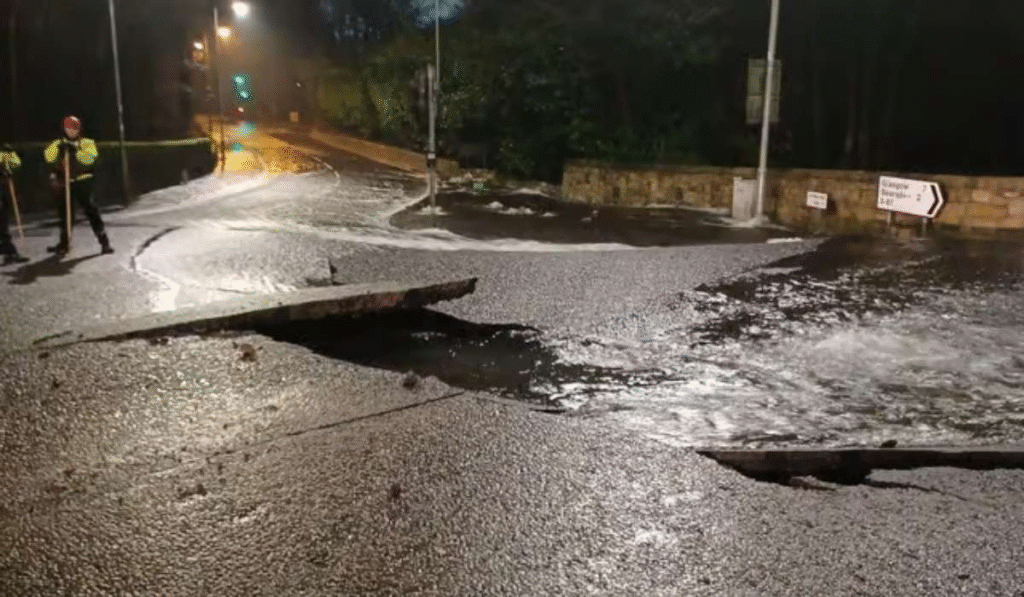
Repairing a water main break is a complex and time-consuming process. Engineers must first locate the exact point of failure and then shut off the water supply to prevent additional damage. Excavation may be required to access buried pipes, which can involve heavy machinery and temporary road closures. Once the broken section is replaced, systems must be thoroughly tested for leaks and pressure stability before full service is restored. In the case of Shettleston Road, crews are working diligently to restore water supply while maintaining safety for workers and residents. Restoration timelines can vary depending on the severity of the break, but authorities aim to minimize disruption and complete repairs as efficiently as possible.
Communication and Updates from Authorities
Timely communication is critical during incidents like the Glasgow Water Main Break on Shettleston Road. Scottish Water and Glasgow Water Main Break on Shettleston Road Council have been providing updates through official websites, social media channels, and local news outlets. These updates include repair progress, estimated restoration times, and guidance for residents on how to manage without running water. Transparency in communication helps manage public expectations, reduces confusion, and ensures that residents can make informed decisions during the disruption. Authorities encourage residents to monitor updates regularly and report any emergencies promptly.
Environmental and Infrastructure Considerations
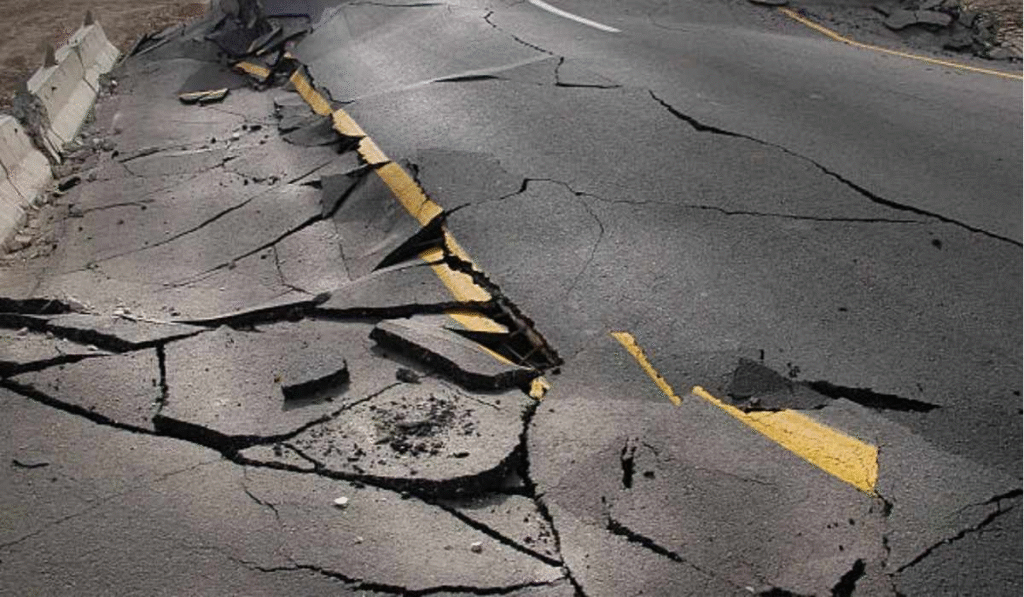
Water main breaks not only affect residents but also have environmental implications. Escaping water can lead to localized flooding, soil erosion, and potential contamination of stormwater systems. Additionally, repeated breaks in aging infrastructure highlight the need for investment in modernizing urban water networks. Glasgow’s water supply system, like many in the UK, faces challenges related to aging pipelines, population growth, and climate-related stresses. Proactive planning and maintenance are critical to preventing future incidents and ensuring a resilient water supply for the city. Lessons learned from the Shettleston Road break can inform future infrastructure projects and emergency response strategies.
Long-Term Implications for the Community
Beyond immediate disruption, the Glasgow Water Main Break on Shettleston Road may have long-term implications for the community. Residents may experience changes in property values due to infrastructure reliability concerns, and businesses could reevaluate operational risks in affected areas. Additionally, this incident may prompt city planners and utility providers to accelerate investment in water system upgrades. Community awareness about water conservation and infrastructure safety can also increase following such events. While inconvenient, these experiences often drive improvements that benefit the city in the long term, reinforcing the importance of resilient urban infrastructure.
Tips for Residents During Water Main Breaks
During water main breaks, residents can take proactive steps to reduce inconvenience. Stockpiling bottled water, limiting non-essential water use, and staying informed about official updates are essential strategies. Businesses should implement contingency plans, such as temporary closure or reduced operations, to minimize losses. It is also important to report any suspected leaks or damage promptly to authorities. Staying calm and prepared ensures that disruptions have the least impact on daily life and safety. By following these measures, residents and businesses can navigate water main breaks more effectively while supporting recovery efforts.
Frequently Asked Questions
1. What caused the Glasgow Water Main Break on Shettleston Road?
- The break was primarily caused by aging infrastructure combined with pressure fluctuations in the water system. Environmental factors such as soil movement may have contributed as well.
2. How long will it take to restore water supply?
- Restoration times vary depending on the severity of the break. Authorities are working to complete repairs as efficiently as possible, but residents should expect temporary disruptions for several days in some areas.
3. Is the water safe to use?
- Authorities recommend boiling tap water before use if contamination is suspected. Residents should follow official guidance to ensure safety.
4. What should residents do about traffic disruptions?
- Commuters should plan alternative routes, consider public transport options, and monitor local traffic updates to avoid delays. Authorities are implementing detours to reduce congestion.
5. How can residents stay updated on repair progress?
- Updates are provided by Scottish Water and Glasgow City Council through official websites, social media channels, and local news outlets. Residents are encouraged to monitor these sources regularly.





